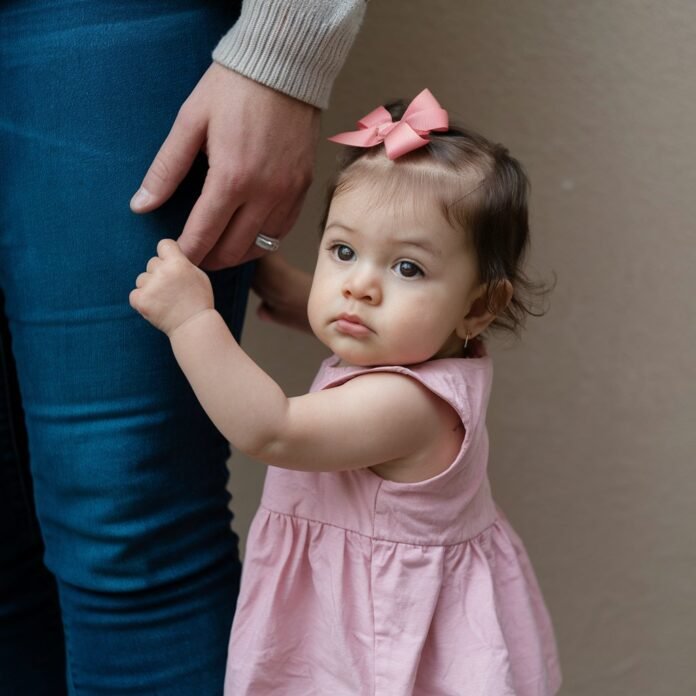Introduction
Have you ever wondered, “Why is my baby so clingy?” You’re not alone. Many parents experience phases when their little ones seem to want constant attention and refuse to leave their side. While this behavior can be overwhelming, it’s also a natural part of your baby’s development. In this article, we’ll explore the reasons behind clinginess, its benefits, and practical tips to help you and your baby navigate this phase successfully.
What Is Clinginess in Babies?
Clinginess refers to a baby’s strong need for close contact and reassurance from their primary caregiver. This behavior often manifests as crying when separated, following you around, or wanting to be held constantly.
Why does this happen?
- Developmental milestones: Babies undergo rapid changes in their physical and emotional growth. Clinginess often coincides with developmental leaps, such as learning to crawl or walk.
- Separation anxiety: Around 8-12 months, many babies experience separation anxiety, fearing that their caregiver might not return.
- Environment changes: A new home, caregiver, or routine can make your baby feel insecure, leading to increased clinginess.
- Illness or discomfort: When not feeling well, babies naturally seek comfort from their caregivers.
Benefits of Clinginess
While it might feel exhausting, clinginess has its advantages:
- Strengthened parent-child bond: Responding to your baby’s needs builds trust and a secure attachment.
- Emotional regulation: Close contact helps babies manage their emotions and feel safe.
- Support for exploration: Once reassured, babies often become more confident to explore their surroundings.
Understanding that clinginess is a positive sign of healthy attachment can help you view this phase more compassionately.
Tips for Managing a Clingy Baby
Coping with a clingy baby requires patience and practical strategies. Here are some helpful tips:
- Acknowledge their feelings: Reassure your baby by saying, “I understand you want to be close. I’m here for you.”
- Gradual separation: Start with short separations, like leaving the room for a minute, and gradually increase the duration as your baby adjusts.
- Create a predictable routine: Consistent schedules help babies feel secure and reduce anxiety.
- Encourage independence:
- Offer safe spaces for exploration.
- Use toys that engage them, fostering solo play.
- Stay calm: Babies can sense your emotions. A calm demeanor reassures them that everything is okay.
- Involve others: Gradually introduce other caregivers to help your baby become comfortable with different people.
- Take care of yourself: Don’t forget to prioritize self-care. A well-rested parent is better equipped to handle challenges.
When to Seek Professional Help
While clinginess is typically a normal phase, consult a pediatrician or child psychologist if:
- Your baby’s clinginess persists beyond toddlerhood.
- It significantly interferes with daily activities.
- There are signs of extreme distress, such as frequent inconsolable crying or poor sleep.
Conclusion
Understanding why your baby is so clingy can transform frustration into empathy. Clinginess is a natural part of their development, signaling trust and attachment. By embracing this phase and using practical strategies, you can nurture your baby’s emotional growth and build a stronger bond. If you found these insights helpful, share this article with fellow parents or explore more parenting tips at Cool Moms Rule.





